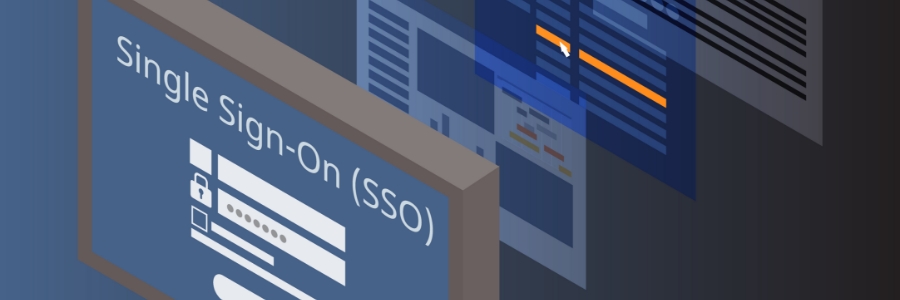Say goodbye to password hassles and security worries! Single sign-on (SSO) simplifies access for employees while safeguarding company data. It's the win-win solution for user experience and robust protection.
What is SSO?
In essence, single sign-on is a digital master key.
Single sign-on: One password for multiple accounts
How to create stronger passwords
Everything you need to know about single sign-on
Your password may not be secure — update it now
Improve your password management profile with single sign-on
It’s time to rethink your password strategy

In 2003, the National Institute of Standards and Technology (NIST) stated that strong passwords should consist of upper- and lowercase letters, numbers, and symbols. Recently, however, the institute reversed its stance. Find out why and learn what their new recommendations are for creating strong passwords.
What is single sign-on and who is it for?
Use Single Sign-On for login efficiency
Your password may be poor — update it now
Single Sign-On: The Answer to User Management

Everyone hates making passwords. From complexity requirements to minimum lengths, each new account brings its own set of headaches. If this problem is reaching a boiling point, Single Sign-On (SSO) solutions can help. They’re secure, easy-to-manage, and do away with the need to manage a long list of usernames and passwords.
- 1
- 2






